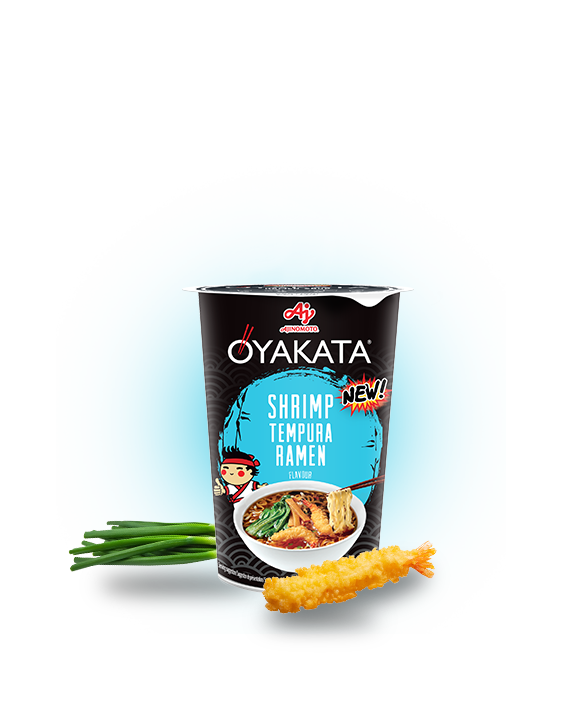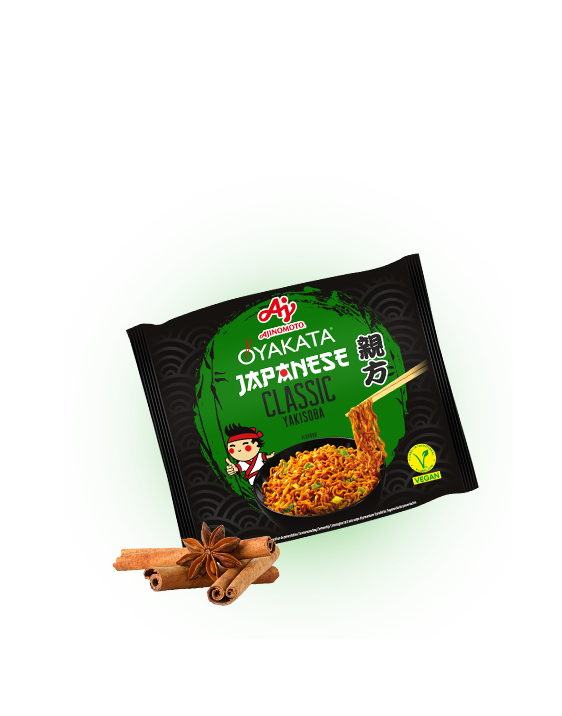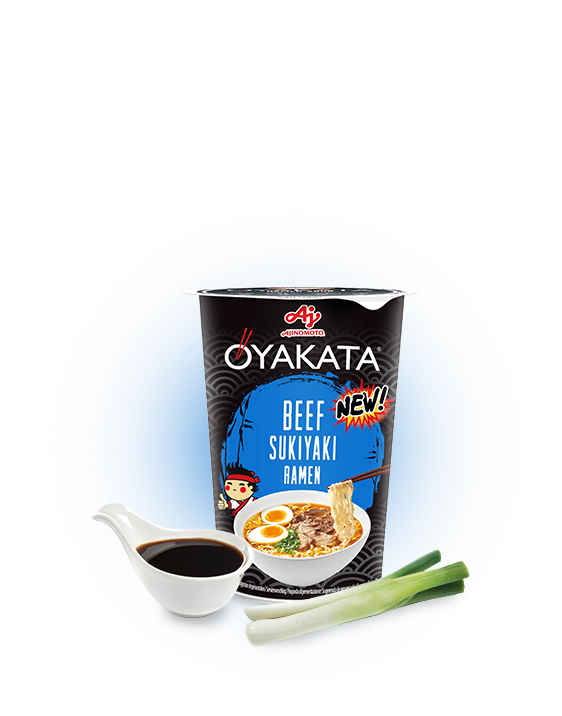

KANJI – JAPANESE CHARACTERS AND THEIR MEANING
Japanese characters and symbols
The Japanese writing system consists of the syllabaries hiragana and katakana, logographic characters borrowed from China called kanji (literally translated as characters of the Han), and Arabic numerals. The total number of kanji is estimated to be around 50 thousand characters. Kanji are logograms – characters representing distinct words or morphemes. Therefore, it is not an alphabet in the classical sense.
Japanese characters
Kanji are complicated. Some words require more than one character (e.g. plane – 飛行機) and some can do with just one. The ones consisting of multiple characters usually conceal complex meaning, e.g. fly, jump, machine. Kanji should not be confused with the Chinese language – they might have been borrowed from it, but their use is different. In Japan, they are used much less frequently than in China.
Three types of kanji
There are three basic groups of kanji: the first one contains pictograms stemming from pictures of animals and items. These include words such as moon, field, eye, lips or tree. The second one contains ideograms – symbols representing various terms. These consist of only one element (e.g. down, up, one), or two/three basic elements, resulting in a more complex meaning, e.g. rest = tree + human, light = Sun + Moon. The last group contains characters consisting of the basic meaning (from basic elements) and pronunciation, e.g. the meaning on the left, the pronunciation on the right or the meaning below and the pronunciation above. The system is ripe with exceptions, making the process of learning incredibly difficult.
Learning kanji
Kanji consist of basic and additional elements. Key elements often contain the general meaning with additional elements complementing it, allowing for the character’s interpretation. Kanji can be divided into: – kammuri: upper part – tsukuri: right part – hen: left part – tare: upper left or right surrounding part – ashi: lower part – nyo: lower left surrounding part – kamae: surrounding part When learning to write kanji, the stroke order of a given character is extremely important. The Japanese have three styles of writing: normalised, semi-cursive and cursive.
Basic kanji
Kanji has been divided into basic sets indispensable in written communication. The joyo set contains 2,136 characters and is learnt all the way through secondary school. Add another 285 characters and you get jinmei, kanji frequently used in names and surnames. According to various estimates, you need to know approximately 3,000 characters to read newspapers and books, and knowing about 7,000 makes you fluent in the language. Very few Japanese know all the characters.
The art of kanji
The Japanese language is considered to be one of the most difficult languages in the world. Learning it takes years, but gaining a good command of it is extremely satisfying, especially for a foreigner. Europeans are capable of learning the basic set of kanji, and even reach academic level if persistent enough.























